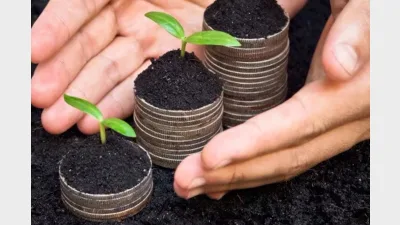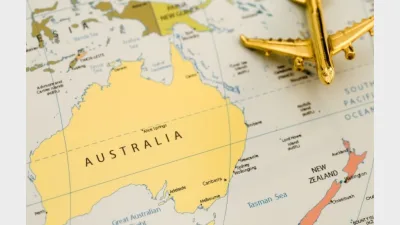CEFC mandate to power renewable energy sector


The Clean Energy Finance Corporation (CEFC) has moved into the renewable energy sector, awarding $37.5 million in senior debt finance for the development of Taralga Wind Farm in Victoria, off the back of a $50 million mandate to refinance Victoria's $1 billion Macarthur Wind Farm.
CEFC chief executive Oliver Yates said the investment would help catalyse renewable energy investment in Australia.
The Taralga Wind Farm will receive $280 million total from an international consortium consisting of ANZ, Danish EKF and Spanish retail and commercial bank Santander, along with CBD Energy. The 51 wind turbines are expected to generate energy to supply about 45,000 homes.
The CEFC's investment helped ensure the sourcing of local inputs for the development from Keppel Prince Engineering in Victoria. Yates said an integrated supply of inputs sourced from Australia demonstrated its capability across the entire value chain for the clean energy sector.
"The Taralga wind farm project's decision to use Australian-engineered and built towers is a major boost for the Australian wind engineering sector, helping it to maintain competitiveness and assisting its position for potential for growth in the coming years," said Stephen Garner, general manager, Keppel Prince Engineering.
The Macarthur Wind Farm is the largest in the Southern Hemisphere and has the capacity to generate energy for 220,000 Victorian households per year and reduce carbon emissions by 1.7 million tonnes a year.
CEFC is involved in a number of other renewable energy ventures. It recently secured a multi-million dollar contract for the country's largest livestock production biofuel project, aimed at making one of Australia's largest livestock producers self-sufficient.
Superannuation funds are already substantial investors into the renewable energy sector. Twenty-seven funds are signatories to the United Nations Principles of Responsible Investment (UNPRI), while Industry Funds Management, which invests on behalf of a cohort of over 30 funds, owns Pacific Hydro, and stakes in wind and hydro in Australia, run-of-river hydro in Chile and wind in Brazil.
Climate Policy Initiative said earlier this year the shift to renewable energy would need large, long-term investment — and although Australian institutional investors showed great interest, the current model needed reworking for a significant impact to be made.
Australia is forging ahead in the renewable energy space, particularly wind.
Climate Change commissioner Professor Peter Flannery this month told a Centre for Economic Development of Australia audience that South Australia, having led the country in wind energy production, needed to now build industries around its wind and solar resources.
GE Energy Financial Services is in development phase, with Continental Wind Partners to develop the Boco Rock wind farm in NSW, the first project to install GE's new 1.7-100 1.7 megawatt wind turbines.
Recommended for you
Demand from institutional investors was the main driver of growth in Australia’s responsible investment (RI) market in 2023, as the industry continued to gain momentum.
Institutional investors have entered November with their largest pre-election equity allocation in two decades, according to new data.
The sovereign wealth fund remains cautious of the impact of high inflation as it announces a strong return in its latest update.
Australia is becoming increasingly recognised as an attractive investment opportunity against global counterparts, recent analysis has found.













